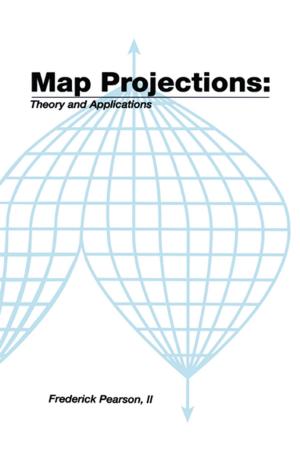Polyploidy and Hybridization for Crop Improvement
Nonfiction, Science & Nature, Science, Biological Sciences, Cytology, Botany| Author: | ISBN: | 9781315352268 | |
| Publisher: | CRC Press | Publication: | November 22, 2017 |
| Imprint: | CRC Press | Language: | English |
| Author: | |
| ISBN: | 9781315352268 |
| Publisher: | CRC Press |
| Publication: | November 22, 2017 |
| Imprint: | CRC Press |
| Language: | English |
Many of our current agricultural crops are natural or agricultural hybrids (between two or more species), or polyploids (containing more than one genome or set of chromosomes). These include potato, oats, cotton, oilseed rape, wheat, strawberries, kiwifruit, banana, seedless watermelon, triticale and many others. Polyploidy and hybridization can also be used for crop improvement: for example, to introgress disease resistance from wild species into crops, to produce seedless fruits for human consumption, or even to create entirely new crop types. Some crop genera have hundreds of years of interspecific hybridization and ploidy manipulation behind them, while in other genera use of these evolutionary processes for crop improvement is still at the theoretical stage. This book brings together stories and examples by expert researchers and breeders working in diverse crop genera, and details how polyploidy and hybridization processes have shaped our current crops, how these processes have been utilized for crop improvement in the past, and how polyploidy and interspecific hybridization can be used for crop improvement in the future.
Many of our current agricultural crops are natural or agricultural hybrids (between two or more species), or polyploids (containing more than one genome or set of chromosomes). These include potato, oats, cotton, oilseed rape, wheat, strawberries, kiwifruit, banana, seedless watermelon, triticale and many others. Polyploidy and hybridization can also be used for crop improvement: for example, to introgress disease resistance from wild species into crops, to produce seedless fruits for human consumption, or even to create entirely new crop types. Some crop genera have hundreds of years of interspecific hybridization and ploidy manipulation behind them, while in other genera use of these evolutionary processes for crop improvement is still at the theoretical stage. This book brings together stories and examples by expert researchers and breeders working in diverse crop genera, and details how polyploidy and hybridization processes have shaped our current crops, how these processes have been utilized for crop improvement in the past, and how polyploidy and interspecific hybridization can be used for crop improvement in the future.















